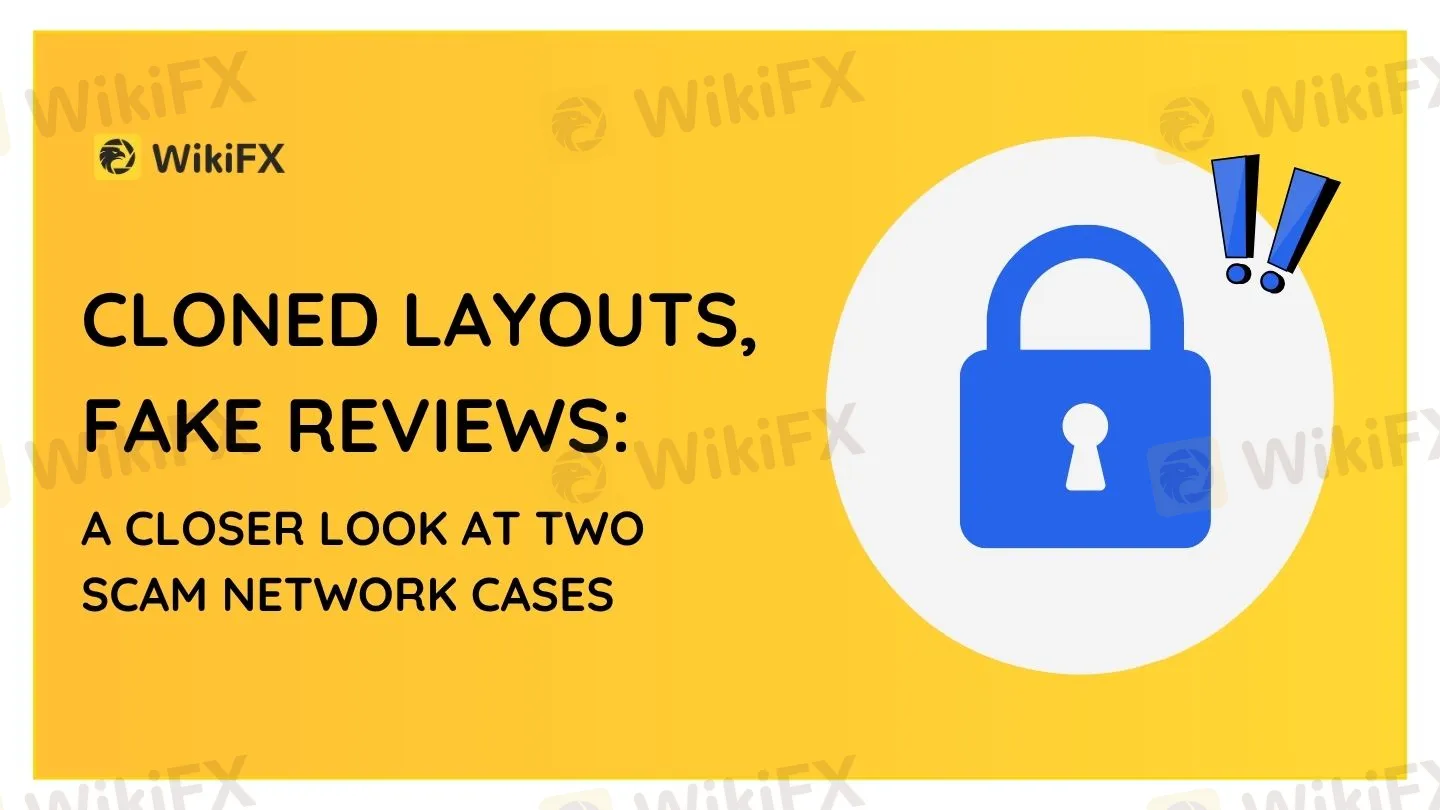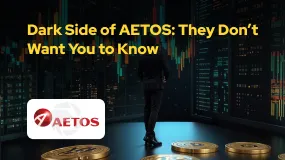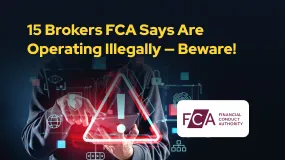简体中文
繁體中文
English
Pусский
日本語
ภาษาไทย
Tiếng Việt
Bahasa Indonesia
Español
हिन्दी
Filippiiniläinen
Français
Deutsch
Português
Türkçe
한국어
العربية
Cloned Layouts, Fake Reviews: A Closer Look at Two Scam Network Cases
Abstract:Identical websites, different names—same scam. See how fraudsters are cloning trading platforms and fabricating 5-star reviews to lure investors.

In the world of online trading fraud, deception has become less about novelty and more about repetition. The platforms may change names, but the tactics remain strikingly consistent. Two recent examples—Victorian Money Limited & GreenHillCAI, and a trio of AI-branded platforms (Miradex Trader, OptiTrader AI, and Novarix Trader 3.9 Flex)—highlight how scammers are leveraging cloned websites, fake endorsements, and misleading visuals to create the illusion of legitimacy.
Case 1: Identical Sites, Identical Scams — Victorian-FX & GreenHillCAI
At first glance, victorian-fx.pro and greenhillcai.com appear to be different brands. But in reality, they are identical in structure, visuals, and text, right down to the dashboard screenshots, layout, and even the so-called “analytics.”


The same color palette, marketing lines (“Our Fund, Your Profit”) and fake payout panels are reused across both domains—without changing anything other than the logo and company name. There‘s no effort to hide the replication because the creators likely assume users won’t visit both sites.
Crucially, both websites have been flagged by BaFin, Germanys financial watchdog, for operating without authorization. This means neither platform holds a valid license to offer financial or investment services to German clients—or anyone in the EU.
This is not a case of imitation. Its a deliberate, coordinated scam network, reusing the same site infrastructure under different names to trap as many users as possible before being shut down.
Case 2: Fake Ratings, Fabricated Endorsements — Miradex, OptiTrader AI, Novarix
The second group of platforms—miradextrader.pro, optitraderia.pro, and novarixtrader39flex.pro—takes deception a step further by creating entire review pages within their own websites, designed to mimic third-party assessments.



Each of these websites hosts a nearly identical “broker review” layout. Features include:
- A 97% “Excellent” rating badge
- Professionally formatted breakdowns of “Pros and Cons”
- Generic user quotes with no verifiable source
- Text blocks that appear informative but offer no meaningful content or transparency
The illusion is that these sites have been vetted by external experts. But the reality is that all reviews are self-published and identical, merely swapping the platform name (as revealed by inspecting the page source and repeated design elements).
More alarmingly, several statements present factual contradictions. For example:
“This broker is licensed by CySEC and allows anonymous trading.”
This is simply impossible. CySEC (Cyprus Securities and Exchange Commission) strictly prohibits anonymous accounts and requires full KYC compliance. Such claims are not just misleading—they directly contradict known regulatory standards.
How to Spot Patterns
These two scam networks rely on the same blueprint:
- Duplicate websites under different names
- Fake dashboard stats and investor payout panels
- Self-created rating systems passed off as external reviews
- Fraudulent claims of licensing or regulation
- Use of phrases like “Funding Promising Traders” or “Join Our Community” with no real contact or support
They also often provide MetaTrader login screens, but no actual brokerage back-end—just superficial interface elements meant to look “familiar.”
Conclusion: Dont Trust What You See — Verify
What these cases prove is that professional-looking websites mean very little in the age of digital fraud. The most dangerous scams now look polished, come with fake reviews, and even reference non-existent regulators or cloned companies.
To stay safe:
- Use third-party verification tools such as WikiFX to assess broker transparency and user complaints
- Be wary of platforms with identical designs or fake review systems embedded into their own sites
If a website feels too slick to be real—it probably isnt.
Disclaimer:
The views in this article only represent the author's personal views, and do not constitute investment advice on this platform. This platform does not guarantee the accuracy, completeness and timeliness of the information in the article, and will not be liable for any loss caused by the use of or reliance on the information in the article.
Read more

Dark Side of AETOS: They Don’t Want You to Know
AETOS is an Australia-based broker. All over the internet, you will find positive reviews about this broker, but no one is talking about the risks involved with AETOS. However, we have exposed the hidden risks associated with AETOS

Contemplating Investments in Quotex? Abandon Your Plan Before You Lose All Your Funds
Have you received calls from Quotex executives claiming to offer you returns of over 50% per month? Do you face both deposit and withdrawal issues at this company? Or have you faced a complete scam trading with this forex broker? You're not alone. Here is the exposure story.

15 Brokers FCA Says "Are Operating Illegally" Beware!
If a reputable regulator issues a warning about unlicensed brokers, it's important to take it seriously — whether you're a trader or an investor. Here is a list you can check out- be cautious and avoid getting involved with these scam brokers.

Scam Alert: Revealing Top Four Forex Scam Tactics Employed to Dupe Investors
Gaining and losing on forex trades is normal, but not scams that siphon out millions in no time! In this article, we will reveal forex scam tactics. Read on!
WikiFX Broker
Latest News
Exness Halts New India Accounts Amid Regulatory Change
eToro and BridgeWise Launch AI Smart Portfolio for US Mid-Cap Stocks
Contemplating Investments in Quotex? Abandon Your Plan Before You Lose All Your Funds
How family offices can protect the bottom line when putting family members on payroll
Meta says it won't sign Europe AI agreement, calling it an overreach that will stunt growth
Ether and trading stocks take the crypto spotlight as Congress passes historic stablecoin bill
Inflation outlook tumbles to pre-tariff levels in latest University of Michigan survey
Peter Thiel-backed cryptocurrency exchange Bullish files to go public on NYSE
What a Trump, Powell faceoff means for your money
Ether takes crypto spotlight as Congress passes historic stablecoin bill
Currency Calculator


